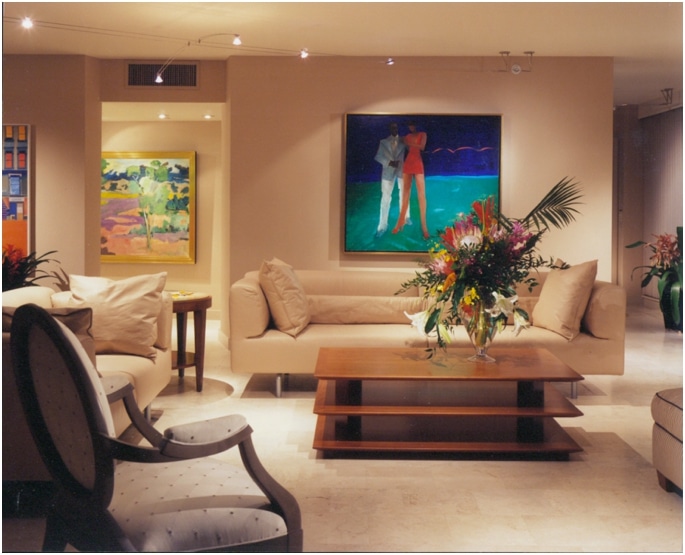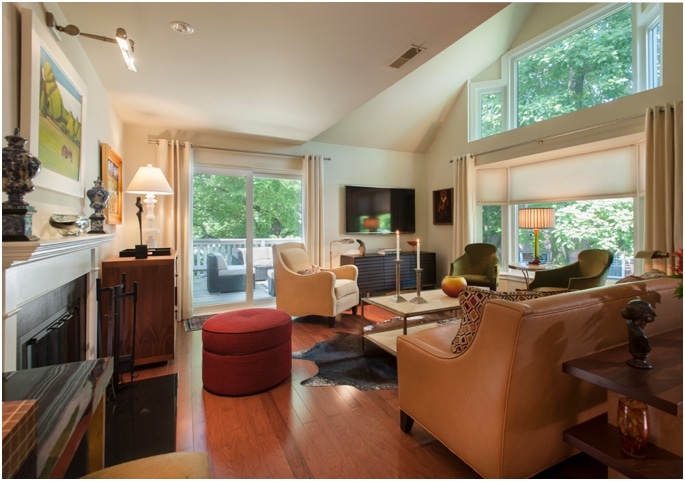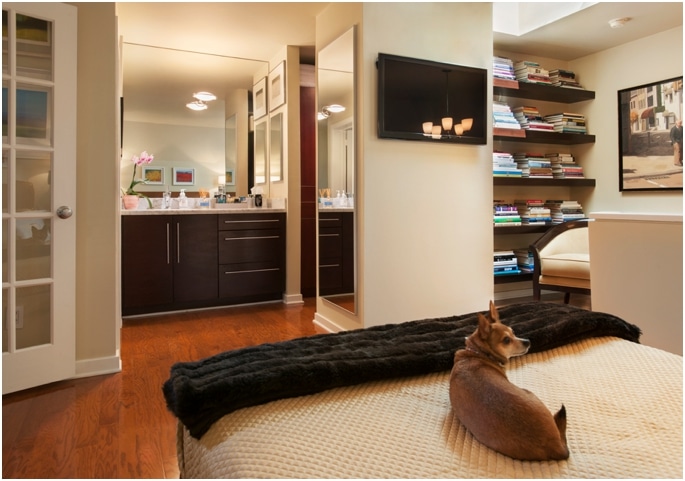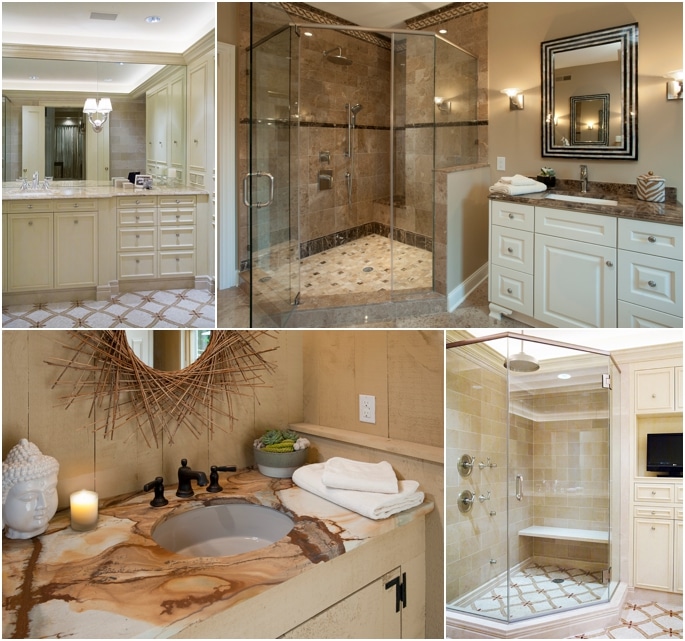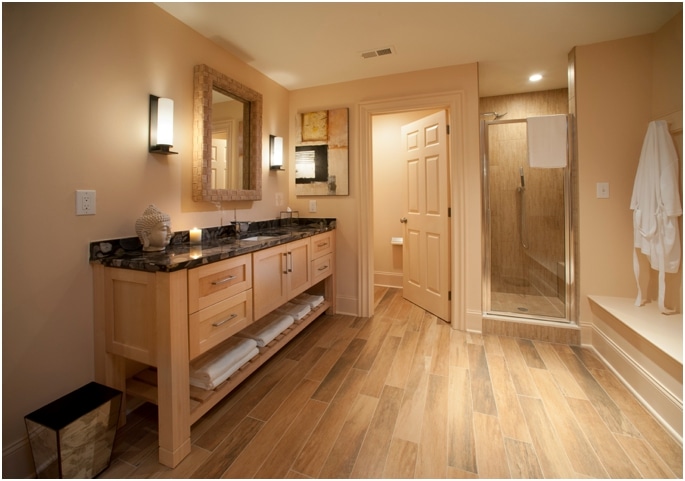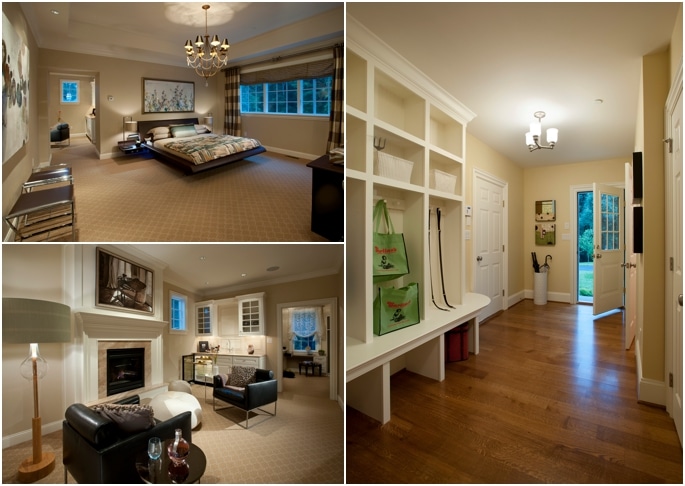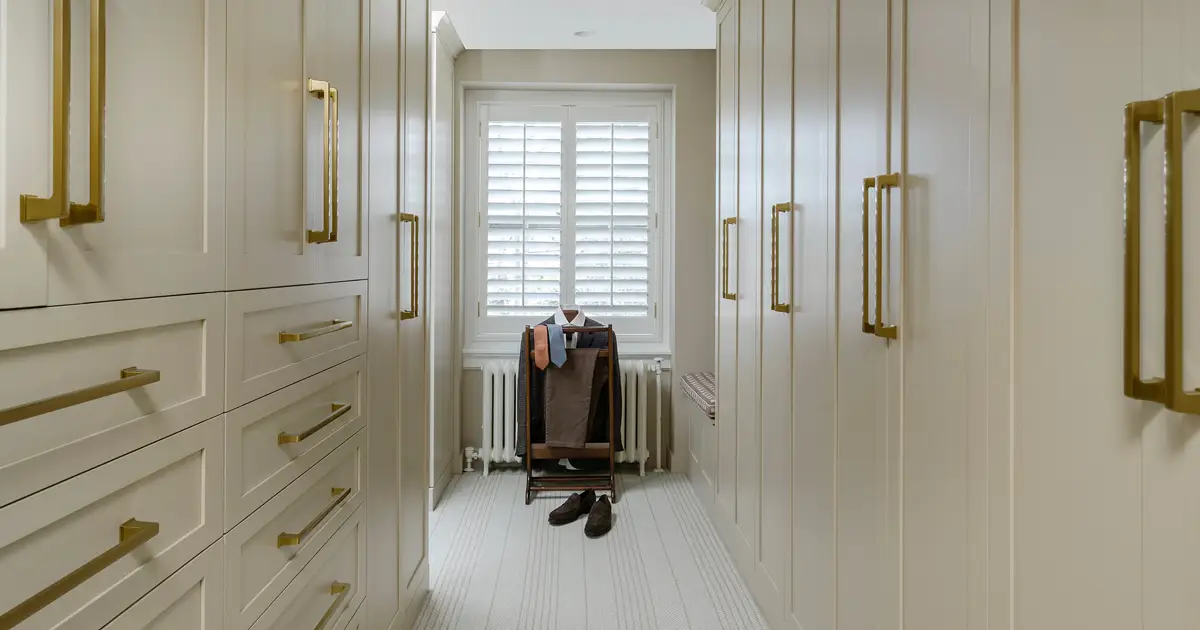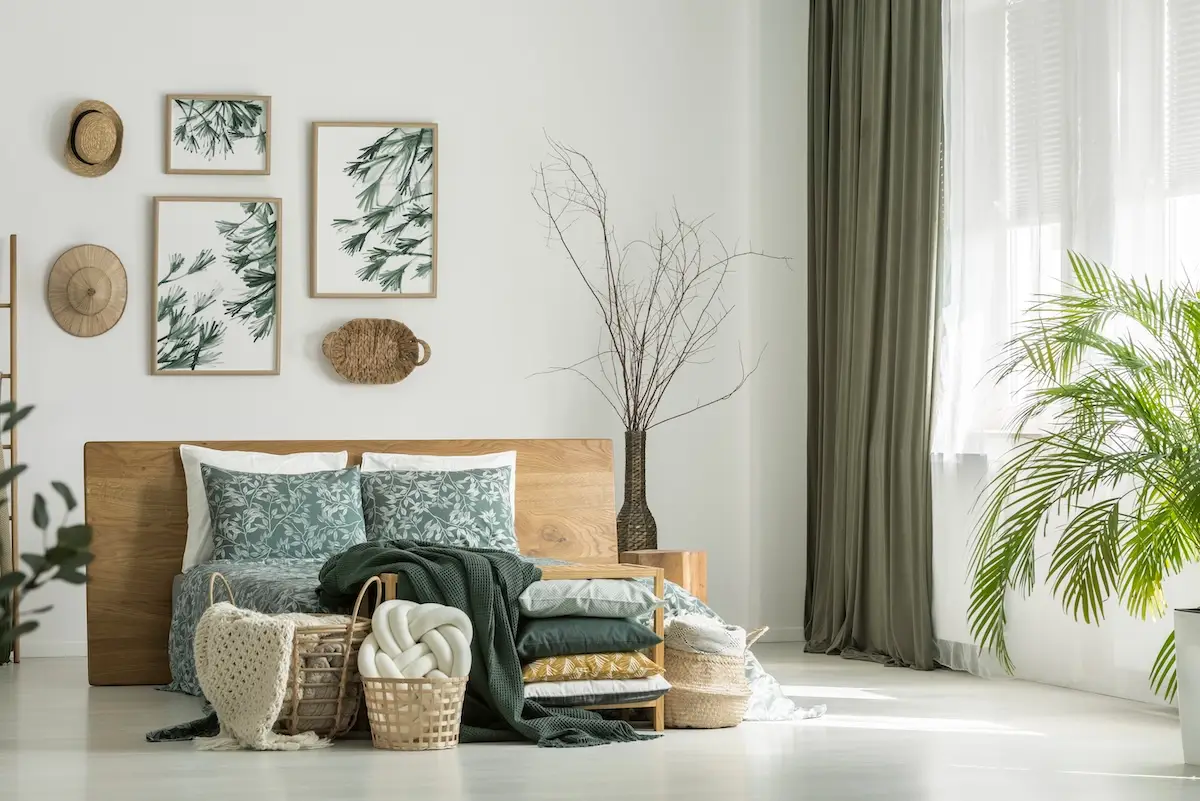While often thought of as such, beige rooms do not have to be boring. Stark white gets recognition for its dramatic clean bright beauty, but a light tan, a warmer softer light color does not get the credit it deserves. When an architectural white is too cold, beige is frequently a more soothing and comforting hue.
Last week we wrote about collecting and displaying art. There are few colors that compliment art as much as beige. It recedes and acts as a very warm supporting player to colorful art and textiles. The sandy color can be the glue that holds a room together and it mixes well with vibrant colors or other earth tones like brown, tan, sienna and umber. Even a more saturated beige tone with white trim can be a very sophisticated look.
In small, cold or dark spaces beige can be a great friend to add warmth while keeping the overall lightness of a true white but without the starkness. It offends no one but does not have to be boring. It is all about partnering it with other colors. Use it as a foil against more dramatic and saturated hues.
Like white, beige has many variations so choose one that works well with your other colors. When using saturated colors on walls a beige trim can be a lot softer than a stark white and it will add an aged grace to your moldings. The success of using this color is all in knowing how to use it to your advantage and appreciating its strengths.
Do not feel that beige is a cop-out to color. It’s only a great foundation to build a color scheme on, one that will be very forgiving and flexible in the future.
Interested in adding a warm beige to your home’s palette, let’s chat!
